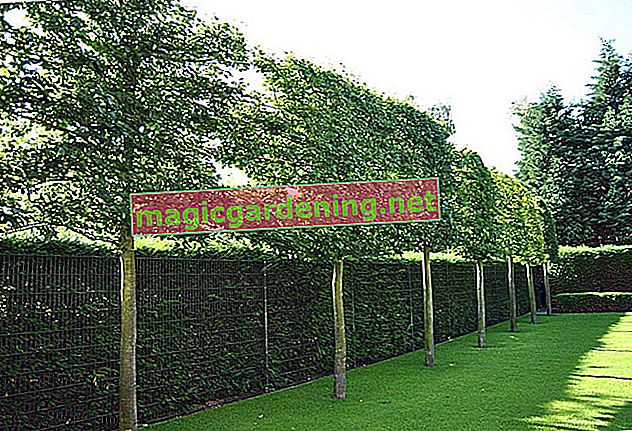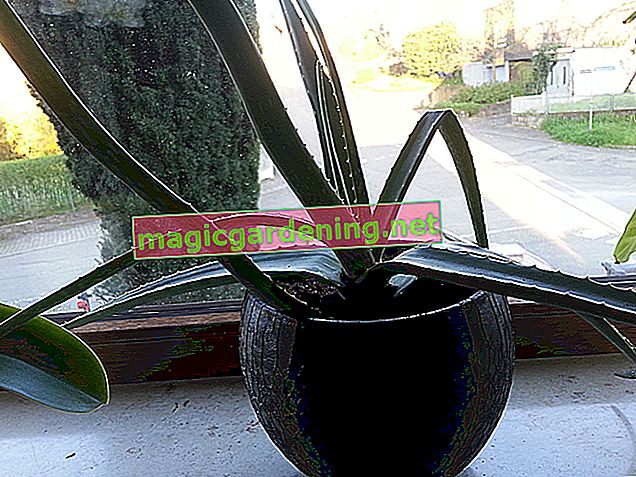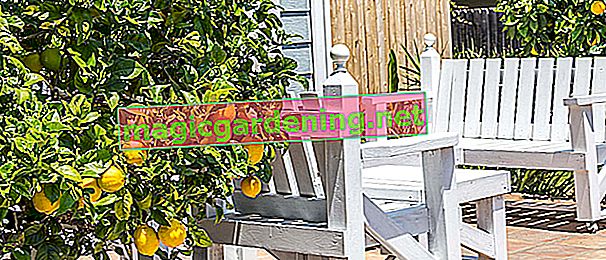
Basic properties of golden rain
For almost everything that garden plants can generally demand special attention and skill from the gardener, the laburnum is pretty straightforward. He makes just as few demands on the location as on the water supply or on aids for growth in the form of fertilizer. It is also largely robust against diseases and pests. So he is one of those journeymen in the garden who can largely take care of themselves and hardly need the support of their cultivator.
also read
- Laburnum: beautiful, but poisonous
- Diseases and pests in the laburnum
- Laburnum - what to consider when caring for it
These vegetative properties
- undemanding regarding location
- no special water requirement
- no need for fertilizer
- robust against diseases and pests
show the self-sufficiency of the golden rain - which should be taken into account when cultivating.
Be economical with pruning
So actually with the cut. Basically, the laburnum hardly needs intervention in its growth - but above all it does not want to. He prefers to develop without any annoying cutbacks. Usually they are not necessary at all, as the laburnum has a fairly compact growth and does not get out of hand with its crown. It is therefore generally advisable to let it develop as naturally as possible.
When you place it, think about the space it will take up one day - a golden rain will be up to about 7 meters high and its crown will be twice as wide at most.
Sensitive twisting of the cut
The laburnum also shows that it does not like being cut back by the fact that it does not easily twist cuts. If larger branches are removed, the cut surface can begin to rot and clog the plant.
Only cut younger specimens
Basically the rule of thumb applies: only younger laburnum should be shortened from time to time, if desired for the optically and vegetatively more favorable branching. If the shrub is older, you should avoid it. A pruning then no longer produces a more lush bloom - this is usually still very generous even in old age.
In addition, only thin branches up to 2 cm thick should only be removed and only if it really makes sense - that is, when the branches have died and should be cleared. This can definitely strengthen the laburnum and help to regain more vitality and blooming pleasure.
Cut in diseases and pests
If the laburnum, despite its robustness, is seriously affected by a fungal disease such as galena or massive aphid or spider mite infestation, it may be necessary to cut away the affected parts of the plant. Fighting with fungicides or natural pest control (beneficial insects) should always be the first choice.
You should make the cuts as cleanly as possible with a knife that has to be cleaned every now and then and seal the cut surfaces well. In this way you will help the laburnum to twist it without rot and to overgrow it with bark again.








